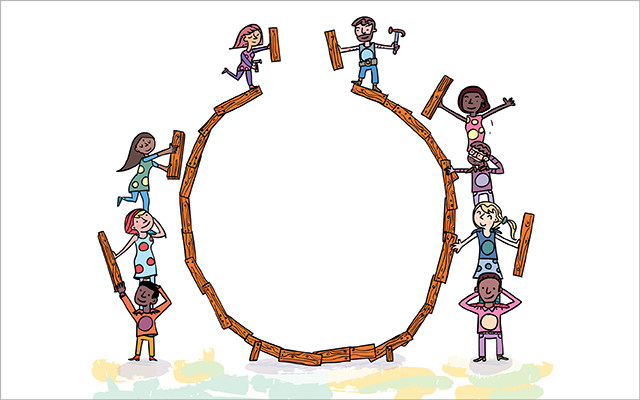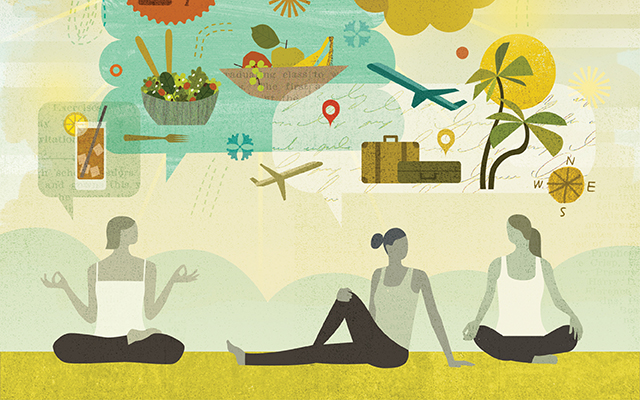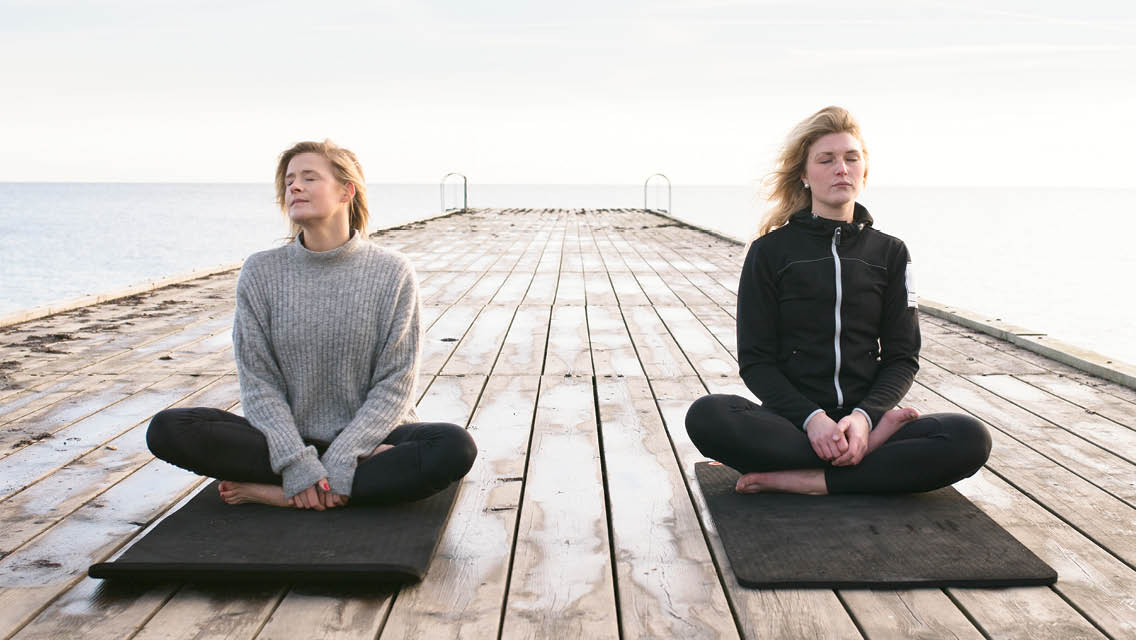Many of us have a lot in common with the people in our inner circle — which makes sense. We’ve taken the same courses in school or worked under the same boss. We’ve bonded over the books we’ve read, the places we’ve been, and our shared interests and values. We’ve found our tribe.
These commonalities are important, and it’s normal to make friends through shared experiences. But it’s also good to burst our social bubbles now and then to meet people with whom we don’t have quite so much in common — on the surface, anyway, says economist and journalist Tim Harford, author of Messy: The Power of Disorder to Transform Our Lives.
Getting to know people whose backgrounds, values, and ways of being in the world are different from our own broadens our perspectives. “Our world gets bigger. We appreciate its variety a little more,” says Harford.
That’s not to say it’s easy. For all its diversity, our culture doesn’t always encourage engaging with people who are different from us — whether racially, politically, generationally, socioeconomically, religiously, or the many other ways in which we define ourselves as “other.”
But the effort is worth it, says Dacher Keltner, PhD, professor of psychology at the University of California, Berkeley, and author of The Power Paradox. “Reaching out to people who aren’t in our comfort zones produces a lot of innovation and spurs creativity,” he explains, noting that connecting with people outside our familiar groups can boost professional success, longevity, overall well-being, and happiness.
The first step to diversifying our network of friends and acquaintances, says Keltner, is simply to pledge to do so. “Commit to expanding your social circle like you would commit to an exercise regimen, eating less meat, or driving less. Make that kind of commitment,” he says.
The following strategies can help you broaden your circle of friends and acquaintances.
1. Build Psychological Flexibility
San Francisco–based engineer Max Hawkins used an extreme method to broaden his social network: He created a computer program that randomly selected a public event promoted on Facebook and hired a car to deliver him there — and he didn’t learn the destination until he arrived.
His experiment took him to gatherings where he met people he’d never have encountered otherwise, and inspired him to travel the world for two years. “When you’re getting sent to a place at random, it makes it easier to be comfortable with unexpected outcomes,” Hawkins explains. “That brings about a certain psychological flexibility that is really beneficial.”
Fortunately, we don’t need to go to such extravagant ends to become more psychologically flexible. “The key to opening yourself up to these experiences is to let go of your own preferences,” Hawkins advises.
To train himself to move beyond his preferences, Hawkins often asks for the least popular item on the menu in restaurants, rather than the one that appeals to him in the moment. The point, he says, is to welcome possibilities, a principle that applies to meeting people as well.
Hawkins suggests venturing into different neighborhoods and going to different types of restaurants, concert venues, or places of worship.
2. Be of Service to Others
Helping others can create valuable connections that shift your understanding of the world, says Jenny Friedman, executive director of Doing Good Together, a Minneapolis-based nonprofit that pairs families with volunteer opportunities.
Friedman cites a mother and her two young daughters who volunteered at a nursing home, where the girls developed strong intergenerational relationships. But the real benefit came when the woman’s father-in-law became ill. “He was confined to a wheelchair and bed, and eventually passed away,” Friedman says. “Her girls were the only grandchildren who weren’t afraid to be around him during that time of decline.”
A caveat: “One of the dangers with volunteering is that you can see yourself as the giver and this other group of people as receivers,” Friedman warns.
So she encourages parents to ask kids whom they helped that day — and who helped them. “It helps kids walk through the world thinking about how they can make a positive difference, and be grateful for all the ways they’re being helped.”
3. Let Wonder Guide You
Cultivate a sense of curiosity, advises Emma Seppälä, PhD, science director of Stanford’s Center for Compassion and Altruism Research and Education and author of The Happiness Track.
“Ask about a person’s life, about their childhood, about their challenges,” Seppälä suggests. Taking a genuine interest can lead to deeper discussions about things that matter to us, increasing the possibility that we’ll discover what we have in common.
“We all experience the same kinds of emotions,” she says. “Finding out about a person’s life can really broaden your ability to see from another perspective.”
Keltner, who’s spent 20 years researching nonverbal behavior, says body language goes a long way toward establishing trust.
“Physical cues are a foundation for connecting to other people,” he says. “If you and I are talking and I really look into your eyes, listen carefully, and position my body in a way that is connecting to you, then it’s clear that I feel like you’re a fellow human being.” (For more tips on having meaningful conversations, see “How to Have Honest Conversations.”)
4. Confront Your Biases
Even well-intentioned people make assumptions and judgments about others — often based on stereotypes, and often without realizing they’re doing it.
“Biases are the stories we make up about people before we know who they actually are,” explains Vern¯a Myers, JD, in her 2014 TED Talk. To expand our networks, we need to move beyond denial.
Myers, author of Moving Diversity Forward: How to Go From Well-Meaning to Well-Doing, suggests looking at our own inner circles and asking ourselves, Whom do I gravitate toward? Whom do I tend to avoid? Then we have to do the hard work of overcoming our biases. (Read about implicit bias at “Blindspot: Hidden Biases of Good People.”)
“Walk toward your discomfort,” Myers says. Simply saying hello once in a while isn’t enough. Go deeper. Develop real relationships. “You’re not going to get comfortable before you get uncomfortable.”
When you push through discomfort and start to build friendships, “something really powerful and beautiful happens. You start to realize that they are you . . . that they are in your family. And then we cease to become bystanders, and we become actors, we become advocates, and we become allies.”
This originally appeared as “Expand Your Circle” in the January/February 2018 issue of Experience Life.




This Post Has 0 Comments